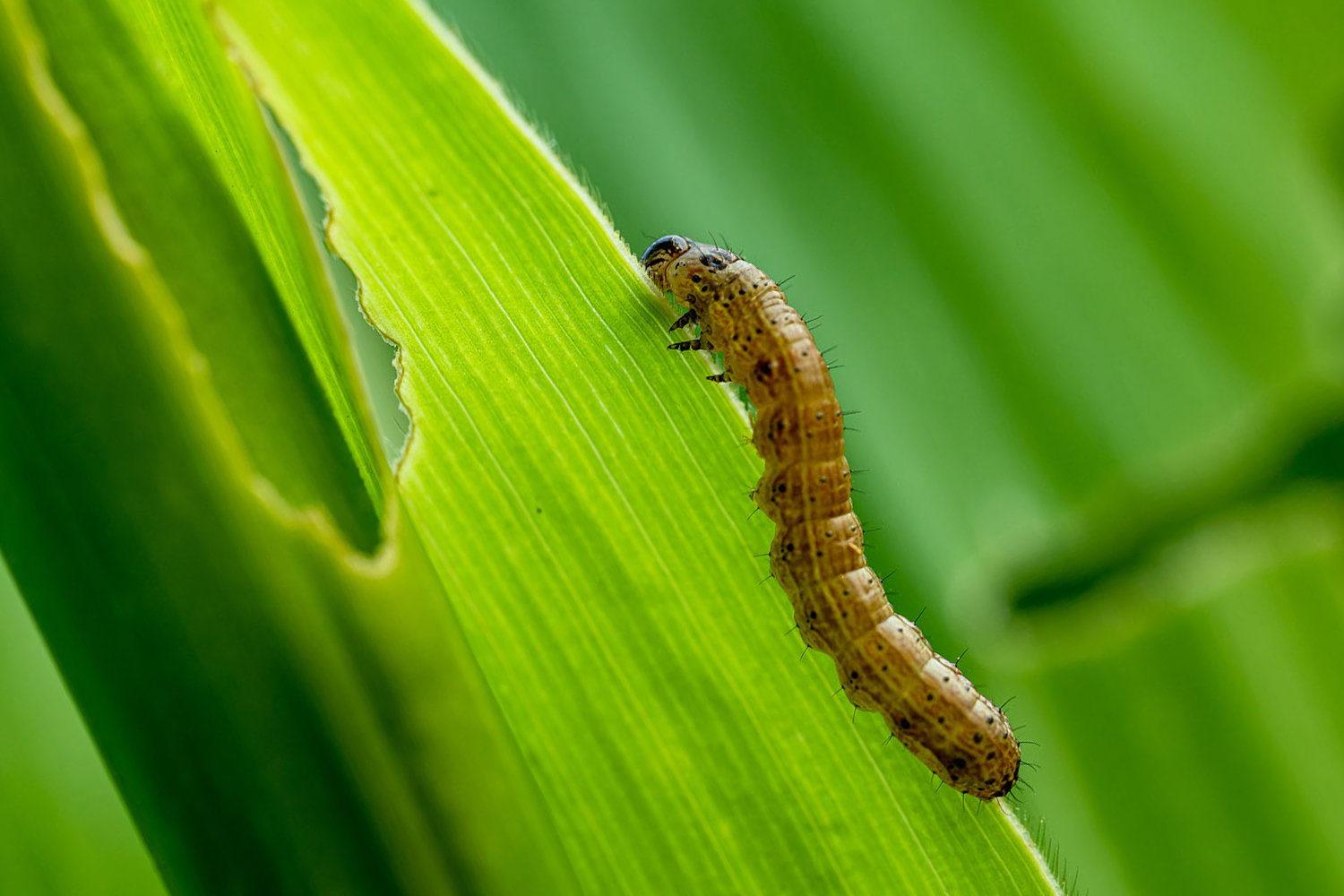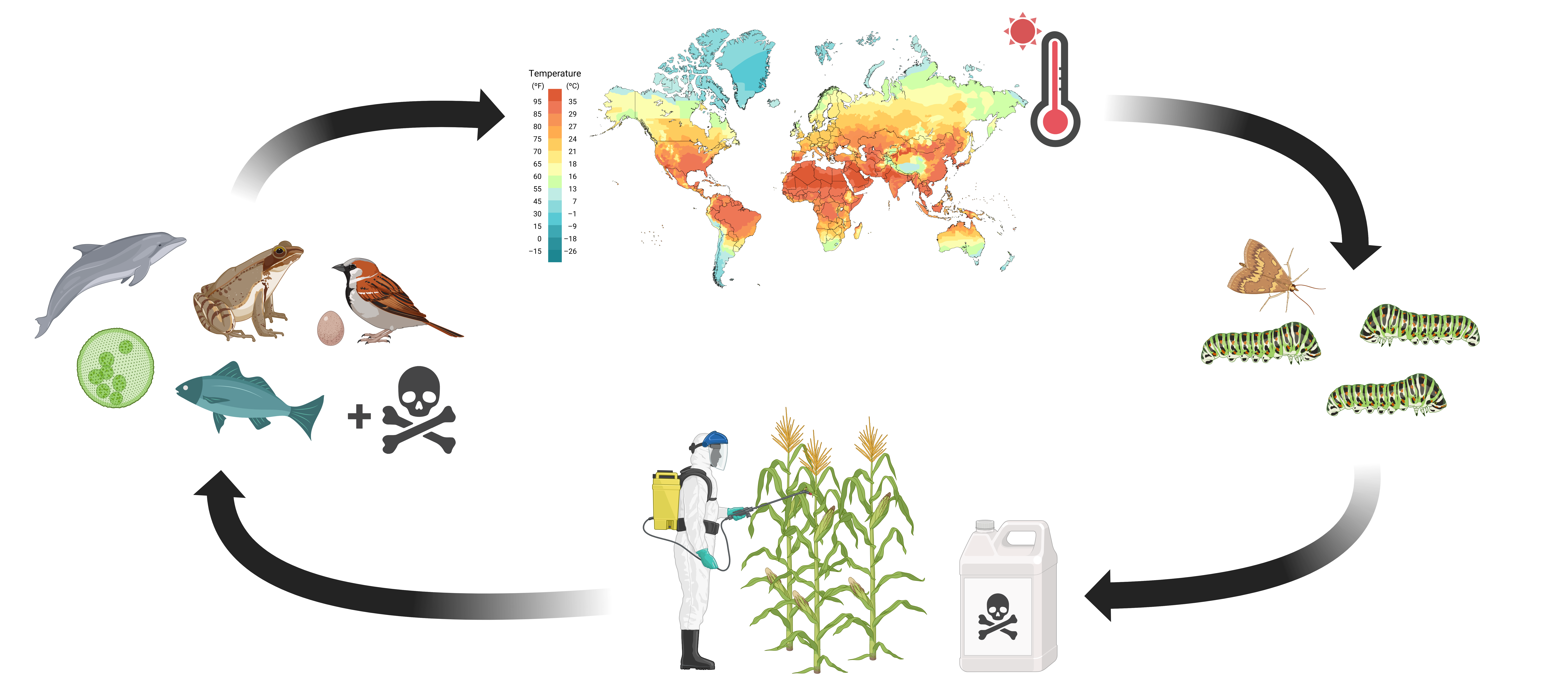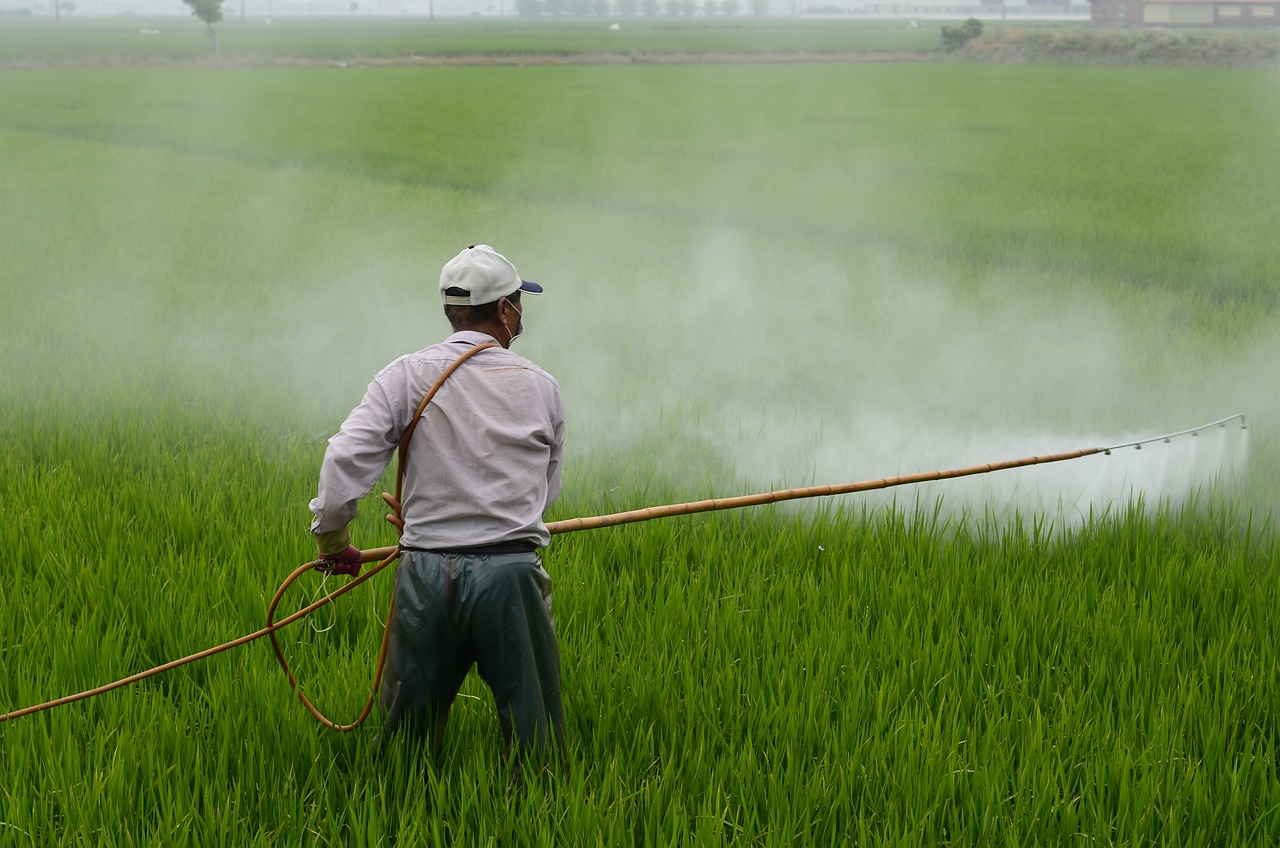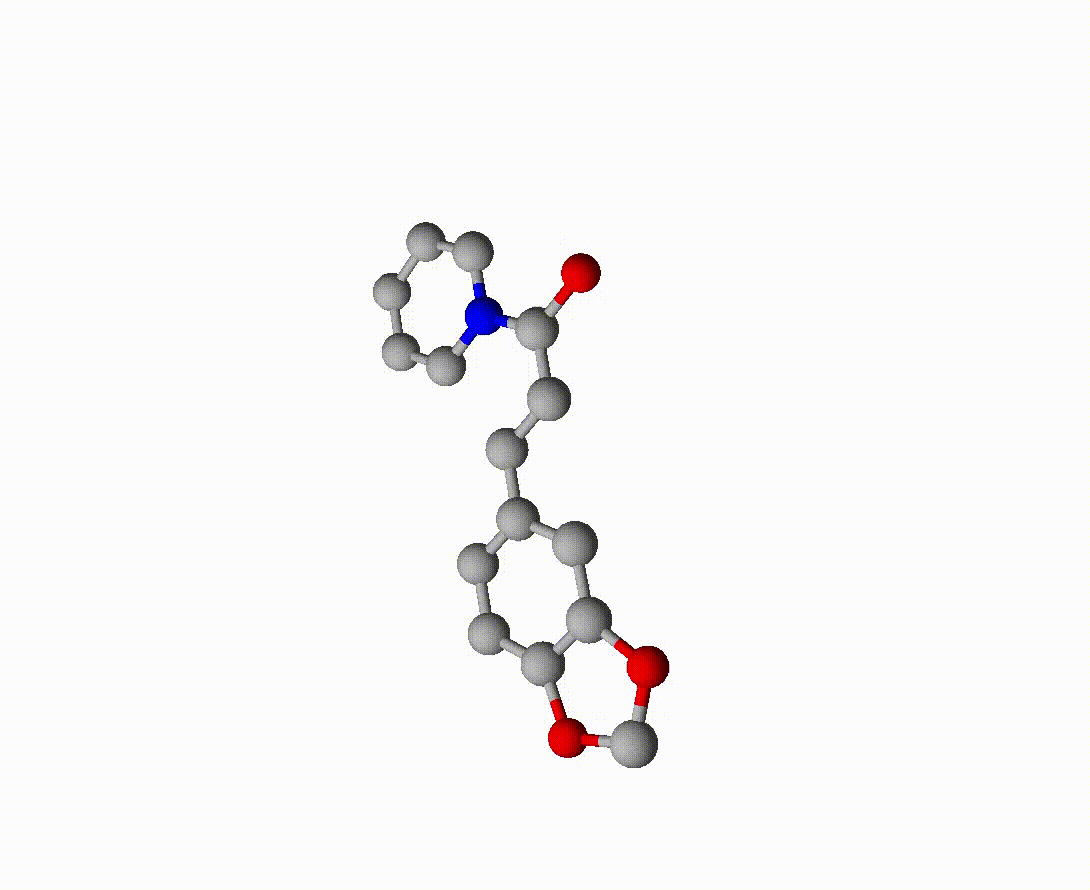An alternative Biopesticide
For a sustainable farming

The Hidden Dangers of Fall Armyworm Control
The fall armyworm (FAW, Spodoptera frugiperda) is the primary pest affecting corn (Zea mays) in Mexico and around the world. In response, farmers are often forced to use pesticides, but those currently employed in Mexico, such as pyrethroids (especially alpha-cypermethrin), are classified as Highly Hazardous Pesticides (HHP), many of which are banned in other countries. In Mexico, these chemicals are the second leading cause of death by poisoning. In humans, they have been linked to liver metabolism alterations, neuronal degeneration, and traces of these pesticides have even been detected in human breast milk (Jiménez-Venegas et al., 2008; DGSV-CNRF, 2020; Aznar-Alemany et al., 2020). This issue is not only a public health concern; the insecticides most commonly used to control FAW also have severe negative impacts on ecosystems. They harm organisms such as algae, birds, fish, mammals, and amphibians, and their use exacerbates climate change since ecosystems are vital in climate regulation (Biga & Blaustein, 2013; Baruah & Chaurasia, 2020; Kanyika-Mbewem et al., 2020; Xie et al., 2022). Moreover, the potential distribution area of the fall armyworm is projected to increase by up to 8.33% globally due to rising temperatures caused by climate change, as FAW thrives in warmer conditions (Ramasamy et al., 2022). This suggests an increase in pesticide use, leading to further climate change, creating a vicious cycle.

What are we doing about it?
Introducing our innovative biopesticide, designed to target the eggs and larvae of the FAW in a sustainable way. Our solution is based on piperamides, compounds naturally found in black pepper (Piper nigrum), which we aim to produce using a synthetic metabolic pathway expressed in Saccharomyces cerevisiae. We plan to test this biopesticide on real maize crops in Mexico, with the active participation of the local community. A key part of this process involves the discovery and characterization of several enzymes, as the complete biosynthesis pathway of piperamides is not yet fully understood (Tavares et al., 2011; Tang et al., 2024).
What Inspired Us?

What are we doing about it?
Introducing our innovative biopesticide, designed to target the eggs and larvae of the FAW in a sustainable way. Our solution is based on piperamides, compounds naturally found in black pepper (Piper nigrum), which we aim to produce using a synthetic metabolic pathway expressed in Saccharomyces cerevisiae. We plan to test this biopesticide on real maize crops in Mexico, with the active participation of the local community. A key part of this process involves the discovery and characterization of several enzymes, as the complete biosynthesis pathway of piperamides is not yet fully understood (Tavares et al., 2011; Tang et al., 2024).

Agriculture matters to
the future of development
What are we doing about it?
That’s why we present our novel biopesticide. It will be based on piperamides produced through a synthetic metabolic pathway derived from black pepper (Piper nigrum) and expressed in Saccharomyces cerevisiae. The objective is to combat the eggs and larvae of the FAW in a sustainable fashion. We want to test it in real maize crops in Mexico, involving the interaction of the community. This process requires the discovery and characterization of various enzymes, since the full route of the piperamide synthesis is not completely known. (Tavares, et. al, 2011; Tang, et. al, 2024).
References
Baruah, P., & Chaurasia, N. (2020). Ecotoxicological effects of alpha-cypermethrin on freshwater alga Chlorella sp.: Growth inhibition and oxidative stress studies. Environmental Toxicology and Pharmacology, 76, 103347.
Biga, L. M., & Blaustein, A. R. (2013). Variations in lethal and sublethal effects of cypermethrin among aquatic stages and species of anuran amphibians. Environmental toxicology and chemistry, 32(12), 2855-2860.
DGSV-CNRF. (2020). Gusano cogollero Spodoptera frugiperda (J.E. Smith) (Lepidoptera: Noctuidae). Servicio Nacional de Sanidad, Inocuidad y Calidad Agroalimentaria Dirección General de Sanidad Vegetal - Centro Nacional de Referencia Fitosanitaria - Grupo Especialista Fitosanitario. Ficha Técnica. Tecámac, México.
Jiménez Venegas, L., Quilodrán Peredo, J., Miranda Olivares, J. P., & Rodríguez Bustos, H. (2008). Efecto de dosis única intraperitoneal de cipermetrina en la corteza cerebral somatosensorial de ratones CF-1. International Journal of Morphology, 26(1), 19-26.
Kanyika-Mbewe, C., Thole, B., Makwinja, R., & Kaonga, C. C. (2020). Monitoring of carbaryl and cypermethrin concentrations in water and soil in Southern Malawi. Environmental monitoring and assessment, 192, 1-14.
Schnabel, A., Athmer, B., Manke, K., Schumacher, F., Cotinguiba, F., & Vogt, T. (2021). Identification and characterization of piperine synthase from black pepper, Piper nigrum L. Communications biology, 4(1), 445.
Tang, B., Hu, S., Luo, Y., Shi, D., Liu, X., Zhong, F., & Wu, Y. (2024). Impact of Three Thiazolidinone Compounds with Piperine Skeletons on Trehalase Activity and Development of Spodoptera frugiperda Larvae. Journal of Agricultural and Food Chemistry, 72(15), 8423-8433.
Tavares, W. S., Cruz, I., Petacci, F., Freitas, S. S., Serrão, J. E., & Zanuncio, J. C. (2011). Insecticide activity of piperine: Toxicity to eggs of Spodoptera frugiperda (Lepidoptera: Noctuidae) and Diatraea saccharalis (Lepidoptera: Pyralidae) and phytotoxicity on several vegetables. Journal of Medicinal Plants Research, 5(21), 5301-5306.
Trujillo-Arriaga, J. (2012). Servicio Nacional de Sanidad, Inocuidad y Calidad Agroalimentaria. Dirección General de Sanidad Vegetal. Oficio B00. 01, 02, 01, 01./.-12767. Aviso, (189).
Xie, W., Zhao, J., Zhu, X., Chen, S., & Yang, X. (2022). Pyrethroid bioaccumulation in wild fish linked to geographic distribution and feeding habit. Journal of Hazardous Materials, 430, 128470.